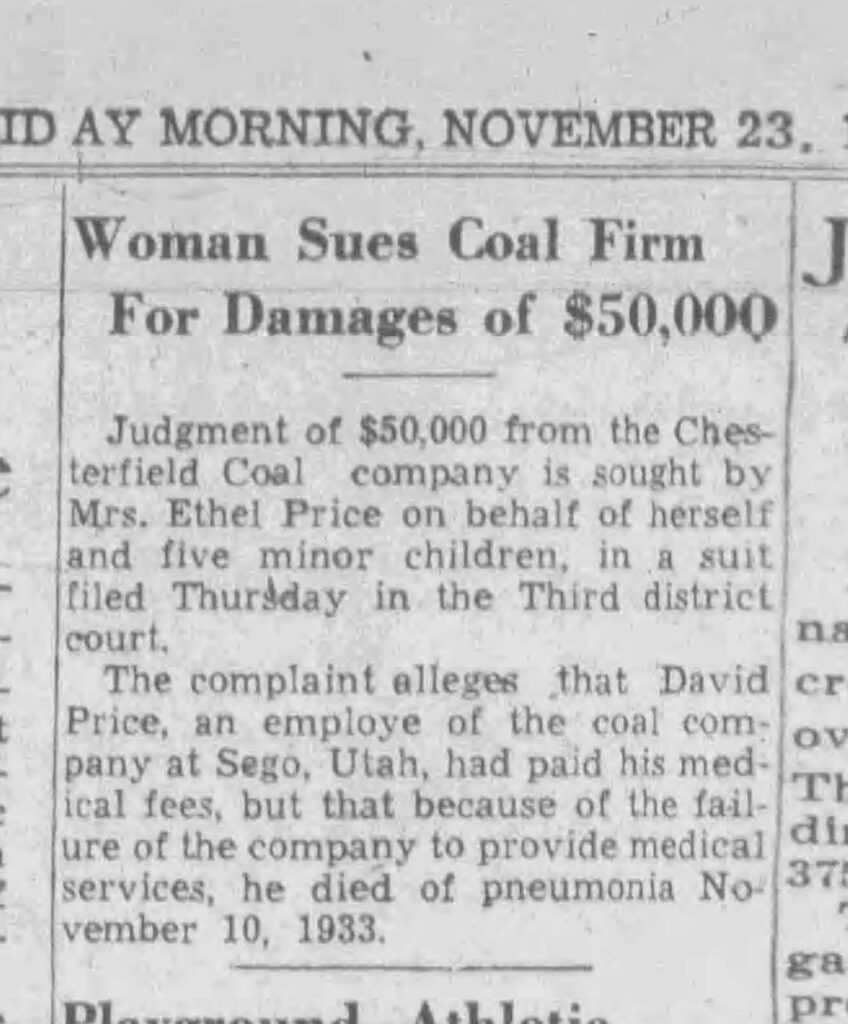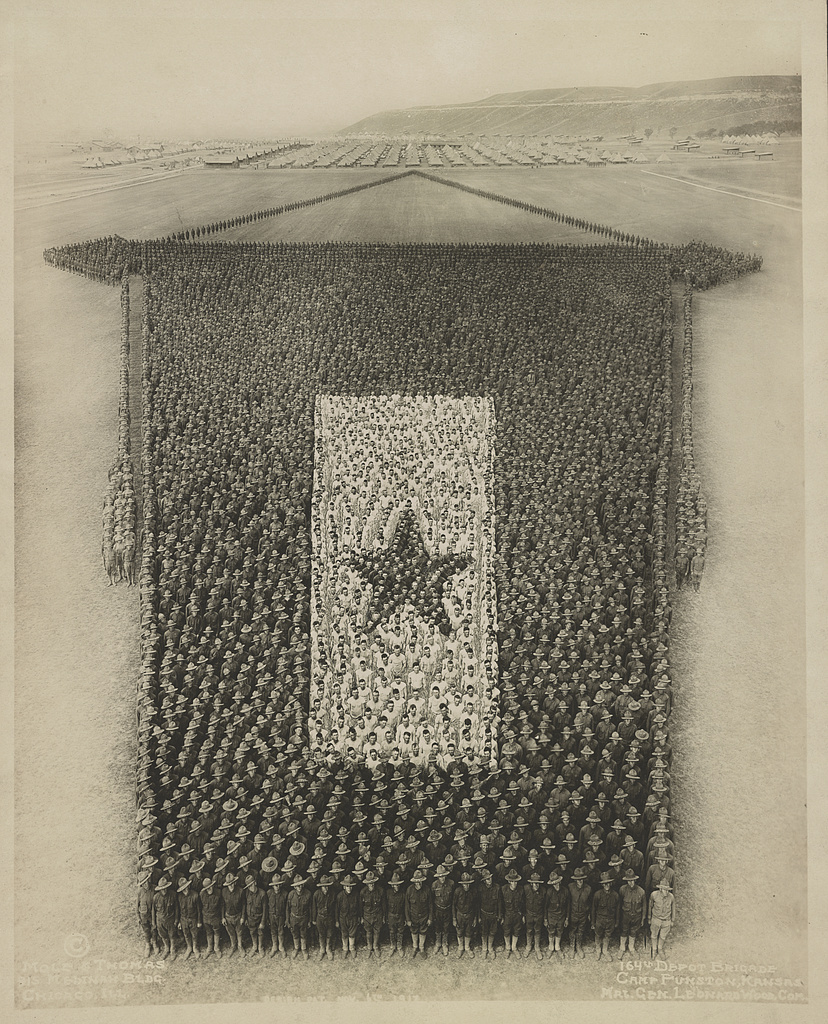Some information may be outdated.
Throughout Black History Month, the Moab Museum is digging into our collection to highlight stories of prominent Black individuals and groups throughout the history of the Moab Valley and beyond. This week, we turn towards the ghost town of Sego, north of Moab, and the biography of one of the Black miners and his family who inhabited the town while it boomed.
Around the turn of the twentieth century, local stockman Harry G. Ballard discovered a high-quality large coal vein at the mouth of a canyon near what is now Thompson Springs. Uninterested in becoming a miner himself, Ballard and his neighbor, E.W. Thompson, the namesake for Thompson Springs, formed the Ballard & Thompson Railroad. The railroad was created to ship coal from the small mining operation to larger cities. This mining operation was later purchased by the American Fuel Company in Salt Lake City.
After a period of growth, the mining community, which was named “Neslen,” after the mine’s general manager, Richard “Dick” Neslen, was divided into living areas for different racial and ethnic groups and developed deep racial and class divides. The town was renamed to Sego shortly after.
According to R. Clayton Brough, who wrote an article mentioning the community in the Spring 2004 issue of “Canyon Legacy”, “the Japanese were concentrated in the northern part of town, the African Americans … on the western edge, the Greeks on the Southern part of the community, and the Italians, most numerous of all the miners, on the eastern side of town, by the way, where most of the buildings were located.”
American Fuel Company expanded the coal operation, and by 1912, the population of Sego grew to 500 miners. The Ballard & Thompson Railroad spur connected the mining operations in Sego Canyon with the Denver & Rio Grande Railroad, which passed through Thompson Springs.
By May 1928, Sego was the busiest coal camp in Utah. But two decades later, production costs exceeded income and the miners themselves bought the mine. Throughout that time, miners “worked close to danger and lived right on the edge of it,” in the words of another manager of the mine.
David Price was a member of the 164th Depot Brigade, active during 1917-1919. After the war, he moved with his wife, Ethel, to Sego and became a miner. By then, the mining company was called the Chesterfield Coal Company. The two had five children. Sadly, Price was one of the individuals to succumb to the health risks of mining work. He died of black lung disease.
Ethel Price sued the company David worked for and the company and the town collapsed shortly after.


“Judgement of $50,000 from the Chesterfield Coal company is sought by Mrs. Ethel Price on behalf of herself and five minor children, in a suit filed Thursday in the Third district court. The complaint alleges that David Price, an employee of the coal company at Sego, Utah, had paid his medical fees, but that because of the failure of the company to provide medical services, he died of pneumonia November 10, 1933.” – Salt Lake Tribune issue, Friday November 23, 1934.
David and Ethel’s son, Lamoine, was their only child to be born in Sego and became a highly decorated soldier in his own right. Today, descendants of David and Ethel Price live in the Salt Lake area and buildings still visible in Sego today evidence the community’s mining history.
The Moab Museum is dedicated to sharing stories of the natural and human history of the Moab area. This is part of a series highlighting photographs and stories of downtown Moab over time. To explore more of Moab’s stories and artifacts, find out about upcoming programs, and become a Member, visit www.moabmuseum.org.
Appreciate the coverage? Help keep local news alive.
Chip in to support the Moab Sun News.





